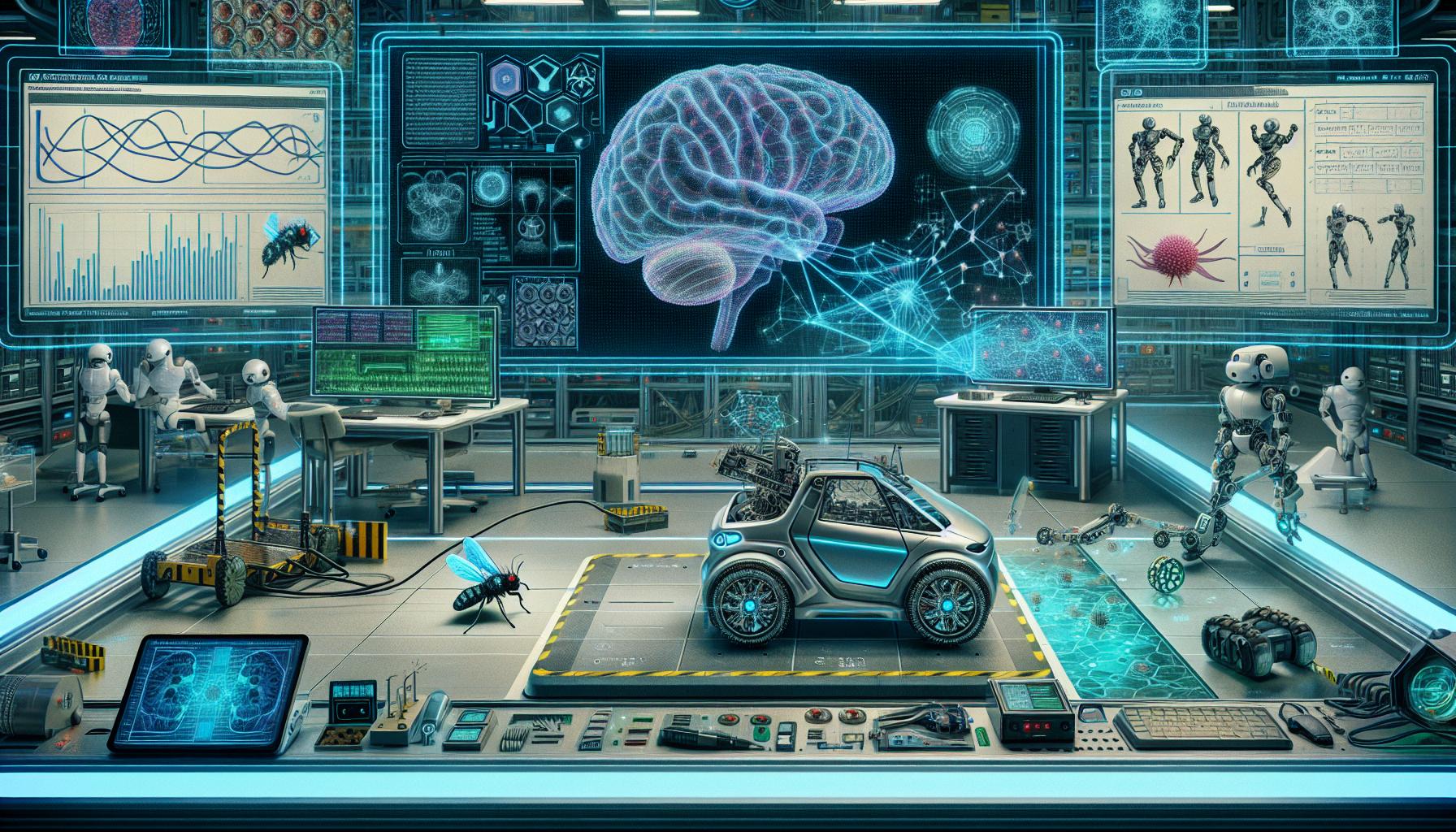Fear as a Catalyst for Creating Advanced AI: Exploring Bio-Inspired Intelligence and Emotional Adaptability

Introduction
The quest to create Artificial Intelligence (AI) that mirrors human behaviors and can perform a broad set of tasks autonomously has led to the notion of artificial general intelligence (AGI) or superintelligence. However, achieving AGI is fraught with challenges, and there is no agreement on what constitutes intelligence or when A.I. might reach this level of capability. Current A.I. models, especially generative language models, have been criticized for lacking the sensory input and real-world grounding that even simple biological organisms possess. Researchers like Yann LeCun argue that these models are far from exhibiting the complex abilities of even a house cat, such as understanding the physical world, planning intricate actions, and basic reasoning.
Addressing the Conceptual Gaps in AI
To bridge the significant gaps in current A.I. systems, it is suggested that A.I. needs to mimic behaviors observed in natural organisms more closely. Particularly, incorporating elements of biological cognition and emotions, such as fear, could be pivotal. Fear is a fundamental emotion that could benefit A.I. immensely, particularly in safety-critical applications like autonomous driving. The amygdala in vertebrates manages fear responses, enabling quick threat detection and defensive reactions. Adapting such a mechanism in A.I. can enhance its adaptability and robustness.
Fear as a Safety Mechanism in Autonomous Vehicles
A notable study from Nanyang Technological University in Singapore developed a fear-neuro-inspired reinforcement learning (FNI-RL) framework aimed at improving driverless car safety. This framework includes a fear model for threat detection, an adversarial imagination module for simulating dangerous scenarios, and a fear-constrained decision-making engine. The results showed significantly better safety performance compared to traditional methods in various traffic simulations. This indicates that A.I. systems modeled after biological fear responses can effectively avoid collisions and manage real-time risks.
Applications Beyond Autonomous Driving
Fear responses in A.I. systems can enhance safety in several other applications beyond autonomous driving. In healthcare, for instance, A.I. systems equipped with fear-response mechanisms could be used to monitor patients and rapidly detect health risks. In industrial automation, fear-based A.I. could prevent accidents by predicting and avoiding hazardous situations. Moreover, in cybersecurity, fear responses could enable A.I. to better detect and mitigate potential threats by simulating and preparing for various attack scenarios.
Challenges in Mimicking Human Emotions in AI
Creating A.I. that can truly mimic human emotions, such as fear, presents several challenges. First, understanding the underlying neural and biochemical pathways of emotions is complex. Second, translating this understanding into algorithms and computational models that can be implemented in A.I. systems is an arduous task. Additionally, ensuring that A.I. can exhibit context-sensitive and adaptive emotional responses similar to biological organisms requires extensive research and experimentation. Ethical considerations also come into play, as imbuing A.I. with emotions raises questions about machine autonomy and human-AI interactions.
Insights from Studying Simpler Organisms
Research into simpler organisms like fruit flies has provided valuable insights into the foundational principles of fear and adaptive responses. Experiments have shown that even fruit flies exhibit fear-like behaviors, such as freezing and escaping when threatened. These basic emotional responses suggest generalizable principles that can be applied to more complex A.I. systems. By studying how simple organisms process and react to fear, researchers can develop bio-inspired A.I. technologies that are more efficient, adaptable, and capable of navigating unpredictable environments.
Conclusion
The exploration of fear as a catalyst for creating advanced A.I. opens up new avenues for enhancing A.I. safety and adaptability. By drawing inspiration from biological systems and understanding the principles of emotions like fear, researchers can design A.I. that is not only more intelligent but also more capable of handling real-world challenges. Despite the hurdles in mimicking human emotions, the potential benefits of bio-inspired A.I. are immense, promising a future where emotionally aware robots play an integral role in various fields.

 ™
™

